What can you plant next to an apricot?
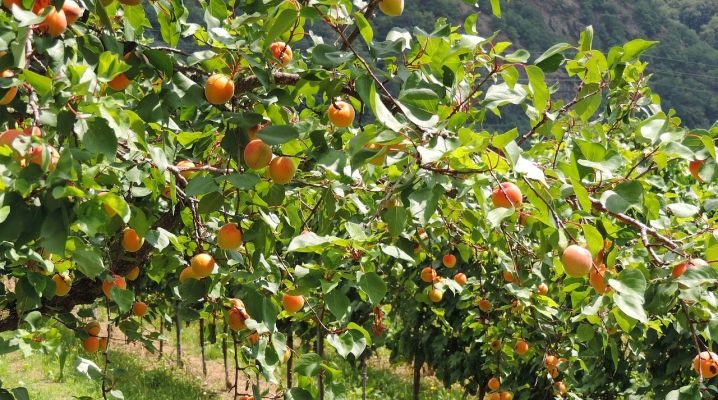
Apricot is considered one of the most popular fruit trees in private gardens. They prefer to grow it, because it is easy to care for it, and the tree pleases with a generous harvest. But in order to get a hardy tree and a lot of tasty fruits, it is important to organize a favorable neighborhood for the apricot.
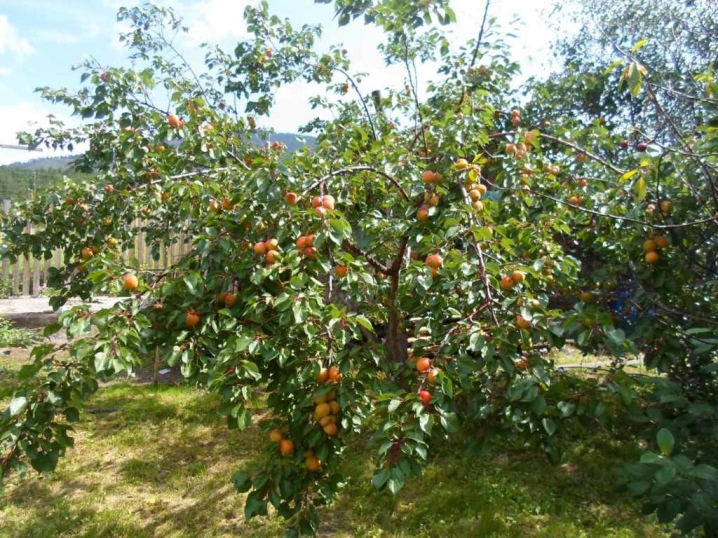
Compatible with trees
It takes many years to form a garden plot. If you do not plan the neighborhood, you can reduce the yield indicators to a significant extent.... Sometimes even bad decisions lead to the death of cultures. Therefore, information about what can be planted in one area is very valuable for gardeners.
Of all the stone fruits, apricots are considered the most light and heat-loving crops. A warm place well-lit by the sun is suitable for growing it. It is desirable that it is located on a hill and not blown through by drafts and the north wind.
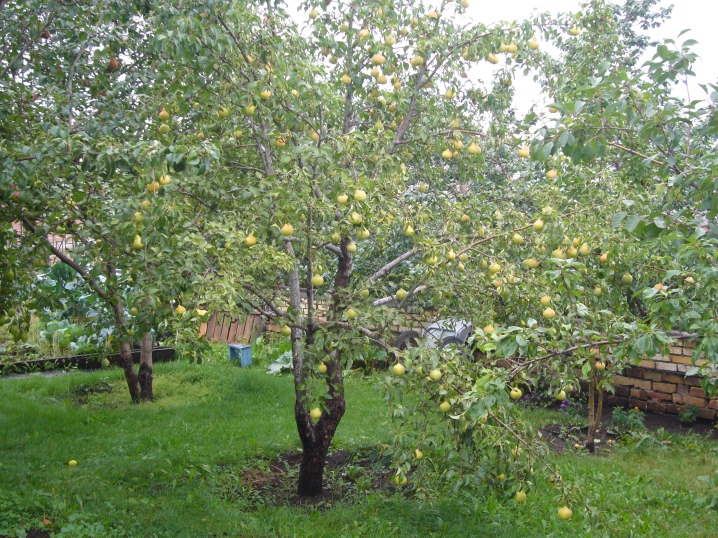
The fruit tree prefers a light, loamy, slightly alkaline or neutral soil.
Gardeners reasonably call apricots loners. They do not like intimacy with other fruit trees. Ideal good neighborliness in the southern culture develops only with trees of its kind... The best neighbors for them are "brothers" apricots that can grow up to three decades.
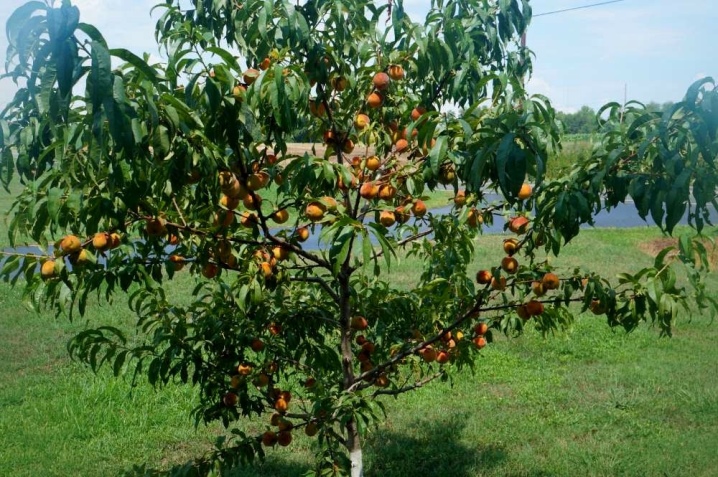
The apricot itself is sterile, therefore, for a high-quality harvest, it cannot do without pollinators. For a good harvest, you need to plant at least 2, and ideally, up to 4 apricot trees nearby, with the same flowering time.
In the garden, where space allows, the seedlings should be placed, focusing on the 5 × 5 m scheme, and in cramped conditions - at a distance of 3x5 m.It has been noticed that in several thickened plantings, apricot trees winter better and give a bountiful harvest. In the future, their crown is closed. But you need to understand that if there is more than one large tree on the site, over time the soil will largely deplete its resources, which will affect other crops.

When choosing a neighborhood for an apricot tree, it is important to consider:
- plant compatibility;
- ripening periods.
At different stages of development, there are nuances of tree processing. This is one of the decisive conditions when choosing a neighborhood.
An apricot should be allocated at least 5 meters of free area around the trunk. When planting thickens, the plants will be forced to compete with each other. Those trees that are weaker will grow more slowly, showing reduced yields. Wild apricots thrive and bear fruit on the slopes.
Apricot does not get along with almost all stone fruit trees in the garden.
- Peach... Neighborhood with this fruit tree will lead to the fact that the young apricot will lean in the opposite direction from it to an angle of 45 degrees. A mature apricot, on the other hand, will overwhelm the peach. Without affecting each other, these trees are able to grow at a distance of up to 7 meters.
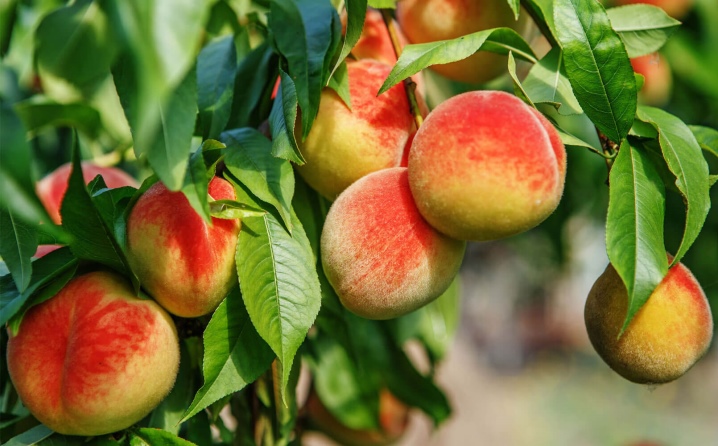
- Cherries... In the vicinity of a sweet cherry, the apricot is likely to die, or this will have an extremely negative effect on its root system. At the same time, the aboveground part will appear healthy.
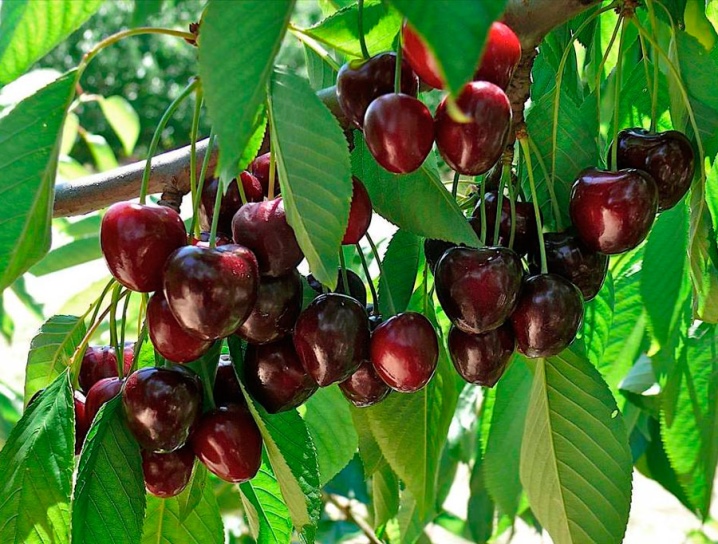
- Cherry... An unacceptable neighbor for an apricot, the root system of which will eventually displace the cherry, poisoning it with its secretions.
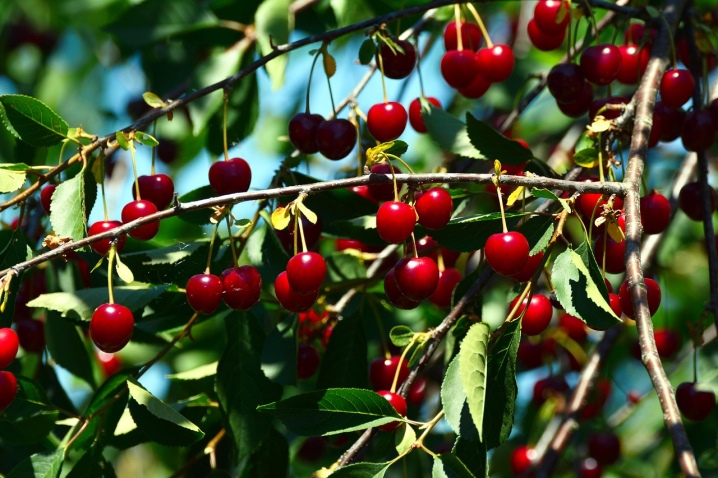
- Plum... With her, the apricot has the most loyal neighborhood, but at a distance of 4 meters or more.The danger is that the risk of diseases and pests of the same species of several different fruit trees increases. Fighting them in this case turns out to be much more difficult, and the likelihood of losing the crop increases.

In addition, the apricot should not be planted in a place where plums, cherries, peach trees or sweet cherries previously grew.
- Pear... An adult apricot oppresses a pear tree, especially a young one. A young apricot also does not come into contact with a pear of many years of age, since the proximity of a pear tree inhibits its growth.

- Apple tree... This fruit tree is invulnerable to the apricot and does not harm it, but it competes fairly with it. The optimal distance is considered to be from 6 to 8 meters to the apple tree. If you intend to plant these competitors side by side, you need to guess the same harvest periods. In addition, it is important to provide them with feeding in a timely manner so that full-fledged fruits are formed. Otherwise, the yield falls and the immunity of plants decreases.
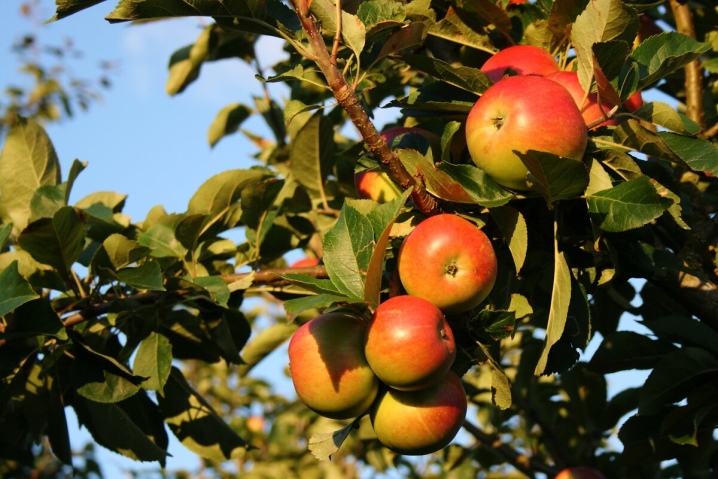
- Nut... No kind of nut is a good neighbor to apricot. Its roots and fallen leaves contain substances that prevent the development of nearby plantations. As for the walnut, any culture other than dogwood is oppressed near it.
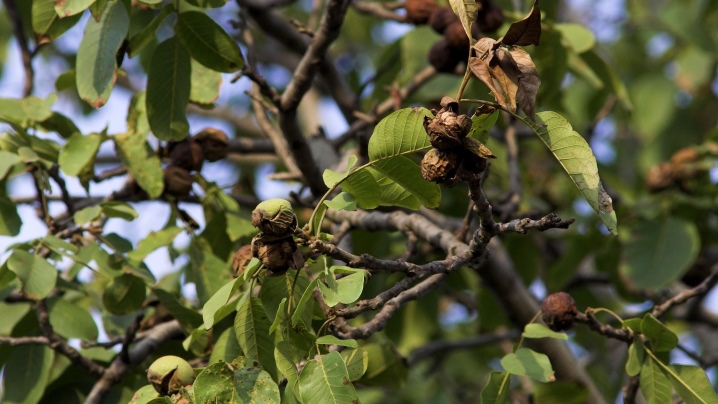
- Coniferous trees... Also unacceptable neighbors, as they acidify the soil, making its composition unsuitable for apricot.
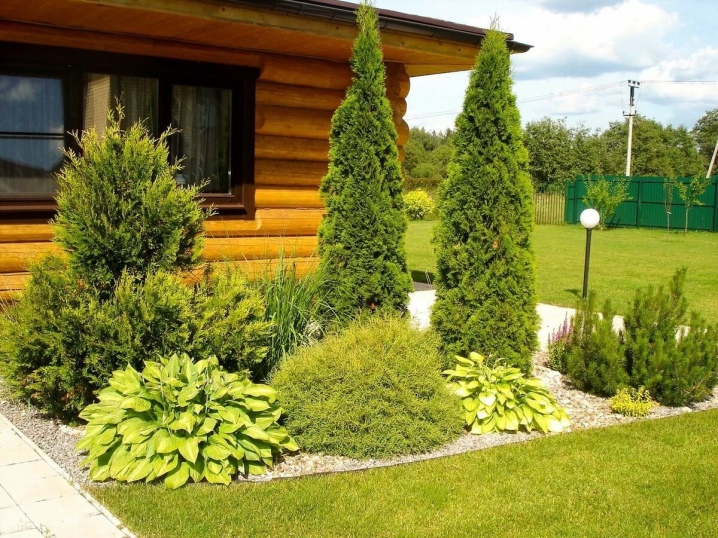
- Ash and oak. It is permissible to plant near a southern specimen. The roots of the mighty trees penetrate deeply into the soil and grow confidently where the apricot likes. But when planting between trees, you need to maintain a five-meter distance.
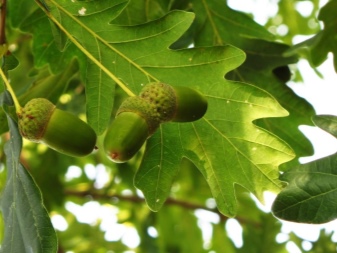
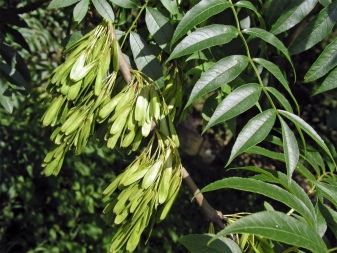
- Rowan... Not suitable as a fruit neighbor, as it attracts moths. However, many gardeners do not consider it an unsuitable companion for fruit trees. If you plant a mountain ash at a distance of 3 meters or more, you can try to "reconcile" the trees. Rowan does not need a lot of nutrients, moreover, it consumes useful organic matter from its fallen leaves and berries.
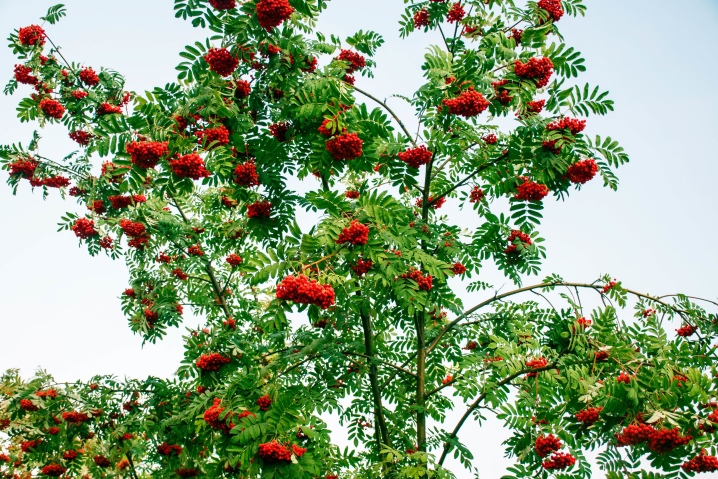
- Ash-leaved maple can be called a convenient neighbor from wild trees. This tree secretes special substances that repel the moth and promote good fruiting.
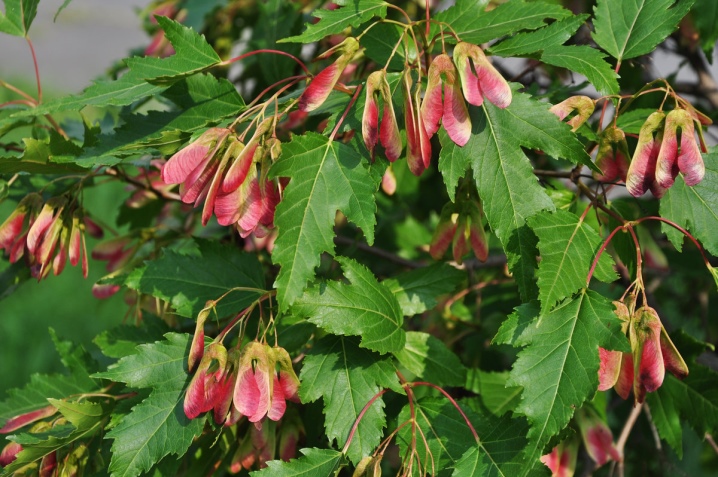
- Poplar... If it grows north of the fruit crop, then it serves as its protection in the winter. But it is important to understand that such trees need a lot of space and spacious areas. Most often, they do not grow near the house, but outside it.
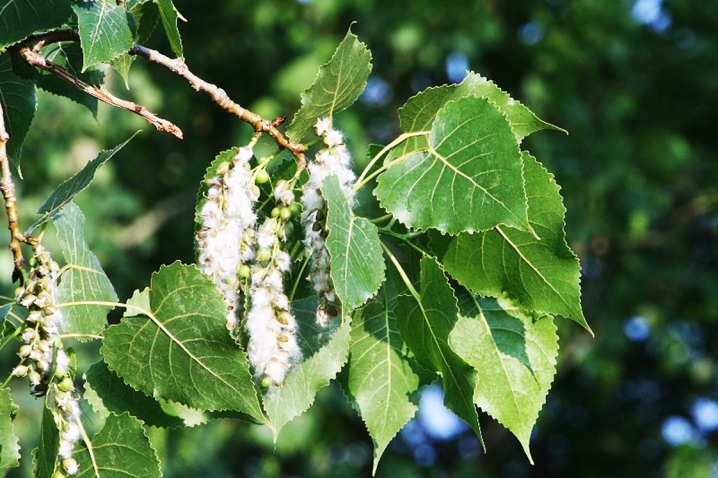
Usually gardeners combine several fruit trees in one area. But even compatible fruit trees must be planted at a distance equal to the sum of the heights of mature plants. That is, the height of the apple tree is two meters, and the apricot is three meters, which means that a distance of five meters is needed between them.
Greater proximity will provoke the struggle of trees for light, water and essential nutrients. The proximity of forest plantations can have an ambiguous effect on plant development. They shade apricots too much and absorb too much moisture from the soil. Fruit trees are planted at least 7-9 meters from the forest.
The advantage of the proximity of the forest is the protection of fruit plantations from the winds.
Suitable shrubs
An adult apricot has a three-meter crown and a root system that is 1.5-2 times wider than it. Despite such an impressive size, shrubs also have an ambiguous influence on the development of the fruit "southerner".
- Black currant... This plant attracts the same pests that threaten the apricot. Growing next to black currants would be too risky. Defeating insects at altitude is not easy. Due to the branched roots, the bush is perceived as a weed, so it cannot be placed near young seedlings.
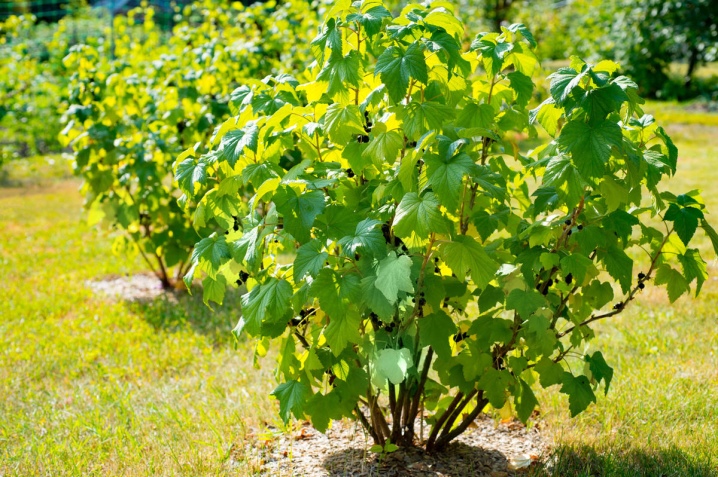
- Raspberries... In principle, this is a good neighborhood for an apricot, since next to raspberries, the risk of it being affected by a fungus decreases. But it is important to choose the right "neighbors" among different varieties of raspberries. Those that do not give growth will be suitable.
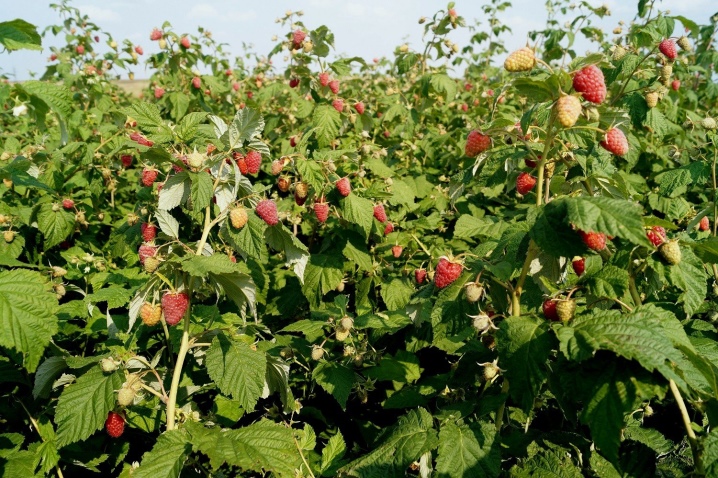
With a strong growth, the bushes absorb a lot of moisture, and this is very bad for the development of a young apricot. And with an adult apricot, it will be uncomfortable for raspberry bushes, which will lose the necessary light.
- Apricots can be grown close to grapes, but only at a distance of 3 meters. He is able to protect the apricot from drafts. But it is imperative to make sure that the curly shoots do not entwine the apricot branches.
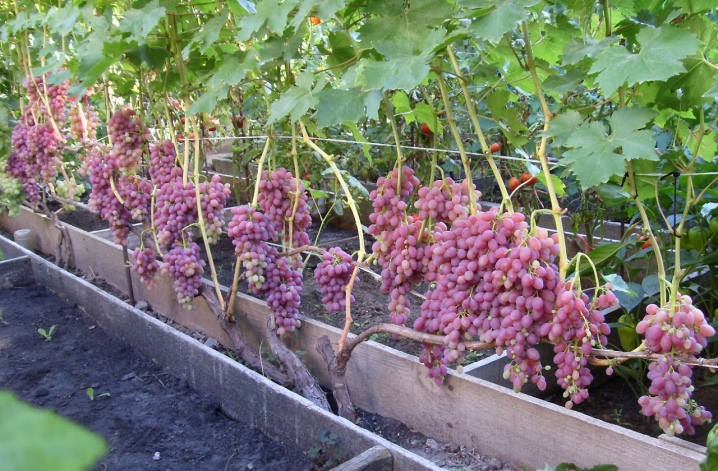
- Gooseberry... It is considered a safe neighbor of fruit trees, but taking into account the fact that the roots of the berry bush are quite developed and absorb moisture well.
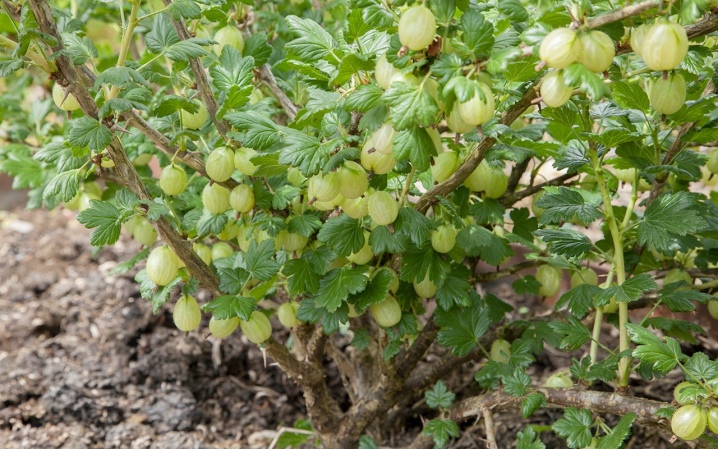
- Sea buckthorn... Negatively affects all plants growing nearby. Sea buckthorn is very resistant due to its roots that grow deeply and grow at least ten meters in diameter.
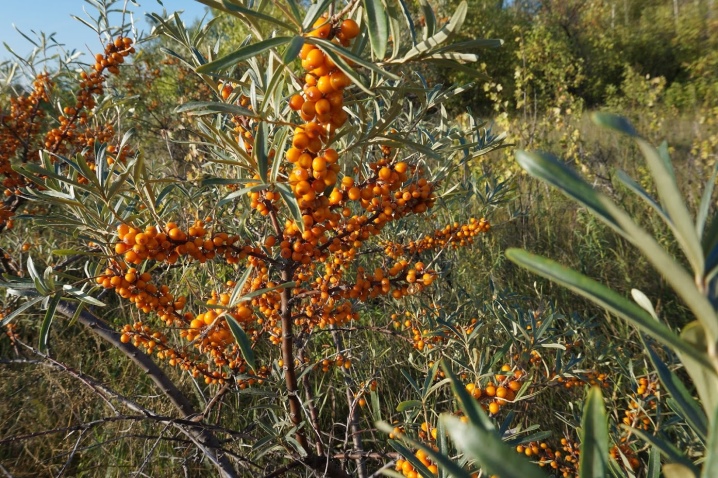
In this regard, the trees nearby lack nutrients.
- Viburnum... A moisture-loving plant, in connection with which it "draws" from the soil the trace elements needed by other "neighbors". In addition to this minus, there is one more - viburnum attracts aphids to the site.
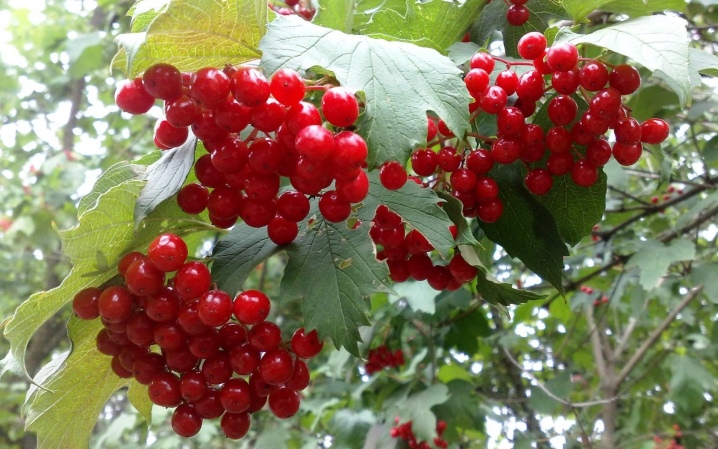
- Compete with fruit trees and shrubs prone to intensive growth... For the cultivation of rose hips, jasmine, mock orange, lilac and barberry, it is required to allocate a separate place, but not the lowland.
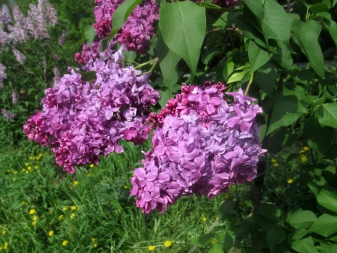
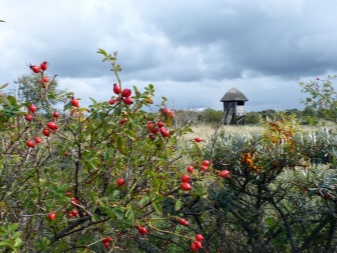
- Cherry plum... In the same area with apricot, it is usually planted at a short distance. These fruit crops need similar growing techniques and care. Therefore, they are convenient for gardeners who grow an apricot near cherry plum without any problems.
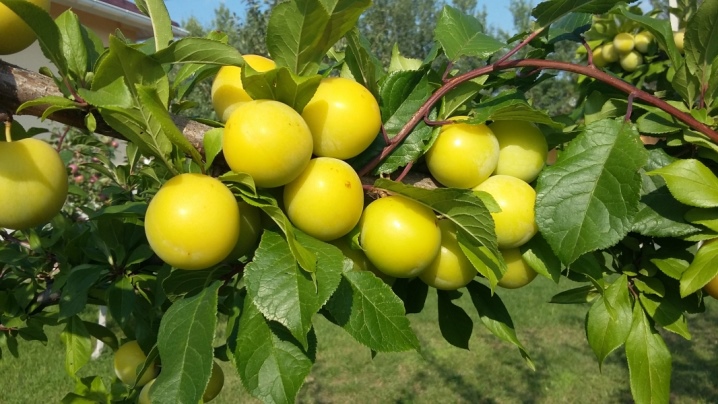
Neighborhood with garden crops
If you plan to form small flower beds or grow vegetables in the near-stem zone, you need to add a 10-centimeter layer of fertile soil.
It is better to grow onions and garlic, Chinese cabbage, as well as parsley, dill, lettuce, lemon balm, mint, horseradish under apricot. For vegetables, neighbors such as shade-tolerant cucumbers work well.
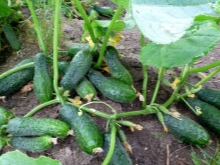

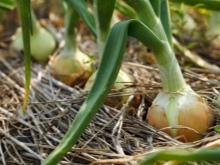
Apricot responds well to spinach and peas. The latter is especially relevant for planting under young fruit trees. Legumes provide natural loosening of the soil and saturates it with nitrogen.
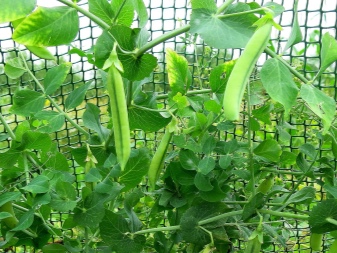
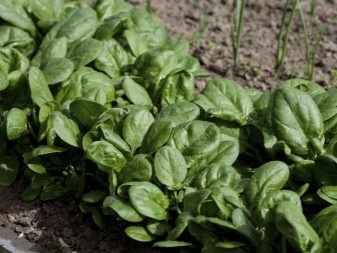
You can not plant garden strawberries (strawberries) and other representatives of the Solanov family near apricot and other stone fruit crops. The proximity of potatoes, tomatoes, peppers, physalis, eggplants and tobacco will be undesirable.
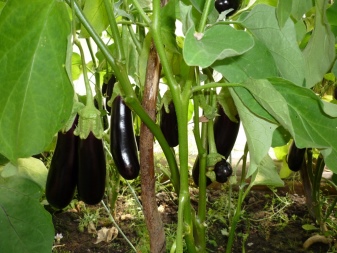
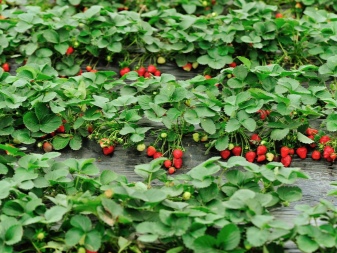
These plants spread a destructive disease - verticillium wilting (wilt).
Apricot and ornamental plants
It is important to keep the soil "clean" for the first couple of years. Then the near-stem circle of apricot can be sown with unpretentious herbs. Perennial species are most suitable. Most often, this space is sown with white clover, meadow bluegrass, and bent grass.
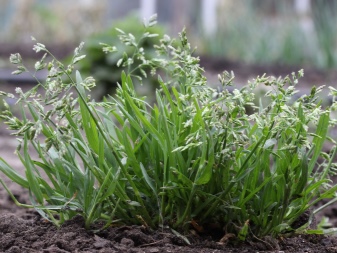
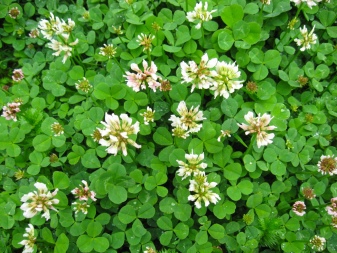
Herbaceous plantations themselves act as a "shield" of the soil. In the summer, they prevent the soil from drying out, and in the winter they help not to get hypothermia. The advantage of the natural green coating is its softness. Fallen apricots are less damaged. An excellent option for growing under an apricot is lawn grass.
Some flowers also coexist well with apricot. It is worth paying attention to nasturtium, marigolds and calendula. The planting close to the apricot and early spring flowers are transferred. During this period, the crown of the fruit tree only blossoms and transmits the sun's rays well. But it is better to plant a rose and a juniper away from apricot trees.
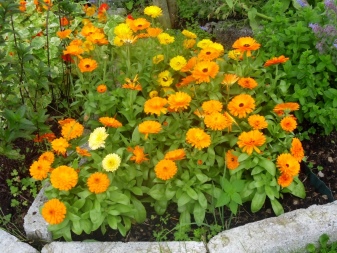
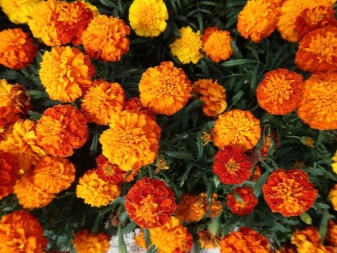






The comment was sent successfully.